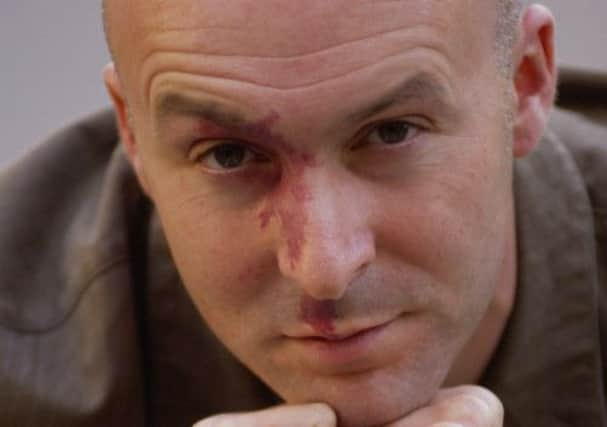New research sparks hope of birthmark treatment


Researchers found a genetic mutation that occurs before birth causes port-wine stain birthmarks, as well as the rarer Sturge-Weber syndrome (SWS).
The team said they were now hopeful that they could develop targeted treatments for both conditions, which could save children from painful and sometimes ineffective therapies.
Advertisement
Hide AdAdvertisement
Hide AdA port-wine stain is a birthmark that is caused by abnormal development of blood vessels in the skin, leaving a flat, red or purple mark that is present at birth. Over time, the mark may become thicker, darken and develop a “cobblestone” appearance with bumps and ridges.
Port-wine stains can appear anywhere on the body, with typically about 65 per cent found on the head and neck.
About three in every 1,000 children have a port-wine stain, and girls are twice as likely to have one as boys.
SWS, which also causes port-wine stains as well as eye problems, seizures and intellectual impairment, is rarer and affects about one in 20,000 births.
In the latest study, published in the New England Journal of Medicine, the researchers discovered that both conditions were caused by a somatic mutation – a change in a person’s DNA that happens after conception.
The US team, from the Kennedy Krieger Institute in Baltimore, made the discovery after scanning the genomes – a person’s entire genetic make-up – of three patients with SWS.
They confirmed the findings in a separate analysis, detecting the same mutation in 23 out of 26 tissue samples from patients with SWS, and 12 out of 13 samples from patients with port-wine stain birthmarks. Samples of people without the conditions did not have the same mutation.
Co-researcher Anne Comi said: “This is a complete game-changer for those with Sturge-Weber syndrome and the millions born with port-wine birthmarks.
Advertisement
Hide AdAdvertisement
Hide Ad“Now that we know the underlying genetic mutation responsible for both conditions, we’re hopeful that we can move quickly towards targeted therapies, offering families the promise of new treatments for the first time.”
Current treatments for SWS are limited, but can include taking drugs to reduce the risk of seizures, eye drops or surgery to manage glaucoma and physical rehabilitation.
Patients with port-wine stains may be offered painful laser treatments to remove the marks, but sometimes they can return.
Researchers can now start to investigate drugs that may alter the genetic mutations to treat the conditions.
Co-researcher Jonathan Pevsner added: “This study presents a turning point for research on Sturge-Weber syndrome and port-wine birthmarks.
“While we suspected that a somatic mutation was the cause for decades now, the technology to test the theory didn’t exist.”
Karen Ball, president of the Sturge-Weber Foundation, said: “This is a momentous advancement that is thrilling as both an advocate and parent of an affected child.”